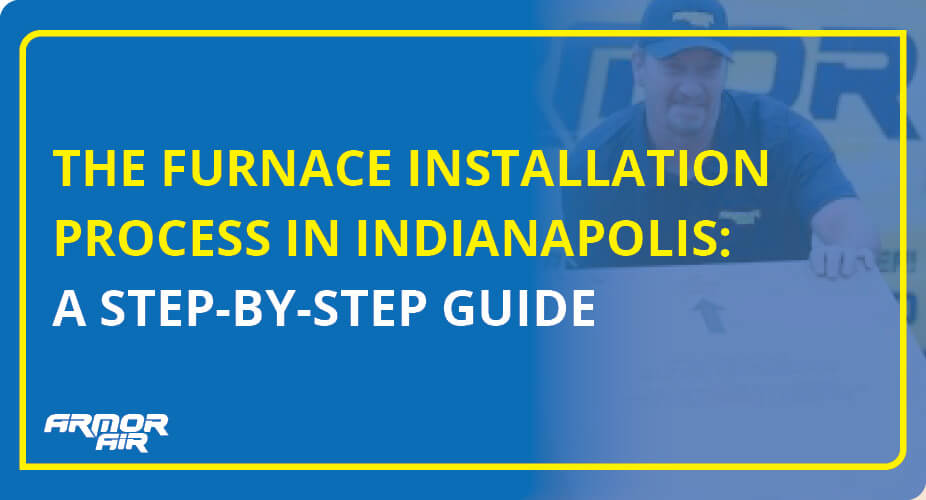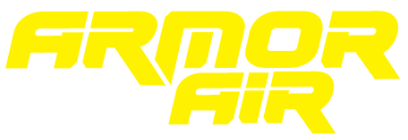Closed: Sun for God + Family time
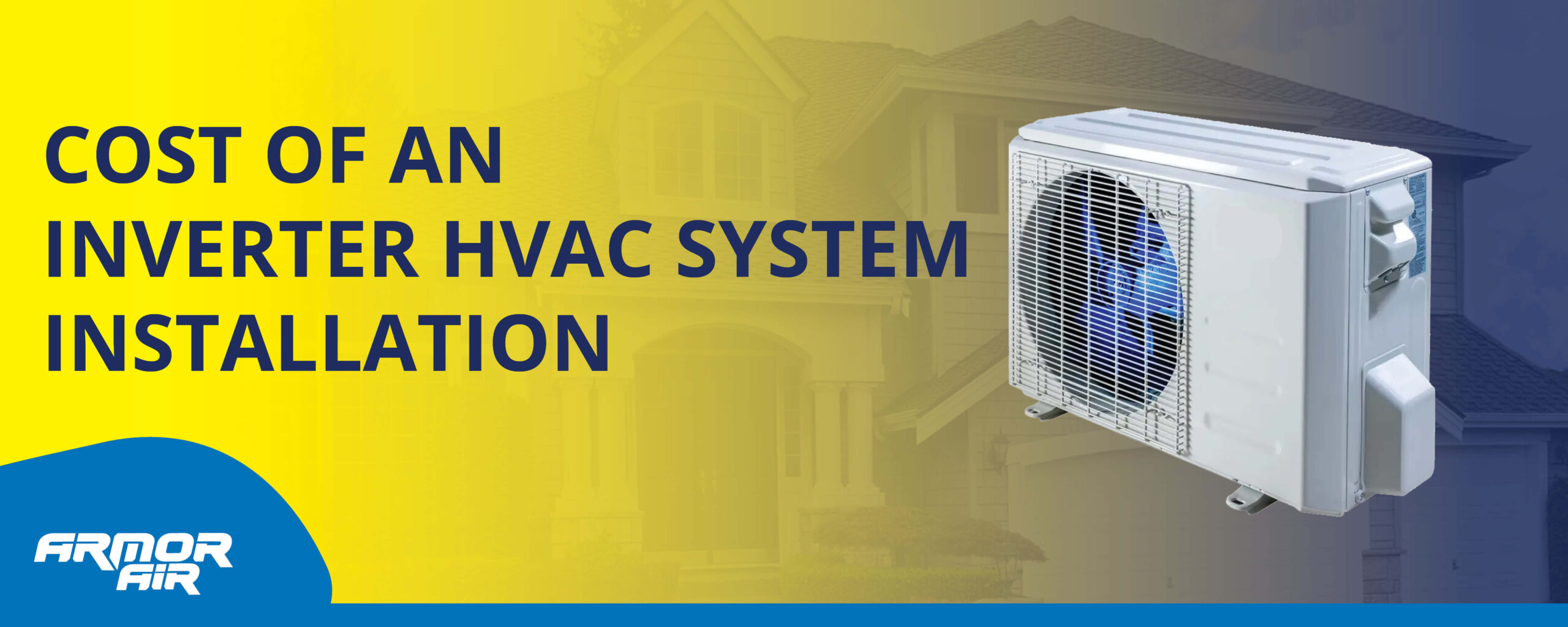
How Much Does an Inverter HVAC System Installation Cost (2025)
Cost of Inverter HVAC Systems Installation
What’s the cost of an inverter HVAC systems installation? Inverter HVAC systems are transforming the way we heat and cool our spaces, and understanding the costs is vital, especially for residents in Indianapolis, Hendricks, and Johnson Counties. The price of an inverter installation for a HVAC system has a range of $6,000 – $18,000.
Get a free estimate for inverter HVAC systems installers near you today
What is an Inverter HVAC System?
An inverter HVAC system, found in homes across Indianapolis and Hendricks, and Johnson Counties, uses advanced technology to efficiently regulate temperatures.
Here’s an in-depth look at its functionalities:
Variable Compressor Speed
The inverter technology allows the compressor to adjust its speed continuously.
- Benefit: This dynamic adjustment ensures that the system works at the optimum speed to maintain the desired temperature, reducing energy consumption.
Precise Temperature Control
Inverter systems can precisely control the temperature by fine-tuning the compressor speed.
- Benefit: This precision ensures a consistent and comfortable indoor environment.
Reduced Energy Peaks
Inverter technology helps avoid sudden spikes in energy consumption.
- Benefit: By preventing abrupt changes, the system operates more smoothly, reducing stress on components and extending the system’s lifespan.
Quick Cooling and Heating
Inverter HVAC systems can reach the desired temperature more rapidly.
- Benefit: This quick response is particularly beneficial during extreme weather conditions, ensuring comfort without excessive energy use.
Longer Lifespan
The controlled and gradual start-up and shutdown reduce wear on components.
- Benefit: This contributes to a longer lifespan for the system, reducing the need for frequent replacements.
Get a free estimate for inverter HVAC systems installation near you today
Types of HVAC Inverter Technology
Each technology comes with unique features and costs, and choosing the right one is essential for aligning with the energy needs of Indianapolis and Hendricks, and Johnson Counties
Here’s a breakdown of common inverter types:
String Inverters
-
Pros: Cost-effective for smaller installations, easy to maintain, and suitable for straightforward solar setups.
- Cons: Efficiency may be impacted if one panel in the string is shaded or malfunctions.
Microinverters
-
Pros:
Improved efficiency, each panel operates independently, better performance in shaded conditions.
- Cons: Generally higher upfront cost compared to string inverters.
Central Inverters
-
Pros:
Cost-effective for large-scale installations, efficient for uniform conditions across the solar array.
- Cons: Performance may be affected if one string of panels is shaded or experiences issues.
Inverter Installation Cost by Size
Sizing the inverter correctly is critical for optimal efficiency, a consideration that holds true for homes.
Here are key factors related to the size of an inverter install:
- Cooling or Heating Load
- System Capacity
- Variable-Speed Capability
- Zoning Requirement
- Climate Zone
- The Number of People in a Room.
| Room Size (Square Feet) | Inverter Size |
|---|---|
| 901 – 1200 | 2.5 Tons |
| 1201 – 1500 | 3 Tons |
| 1501 – 1800 | 3.5 Tons |
| 1801 – 2100 | 4 Tons |
SEER Rating by Cost
The SEER rating is a key measure for distinguishing between heating and air conditioning units, assessing their efficiency by examining the total energy input and cooling output. A higher SEER value signifies improved efficiency.
Although units with better energy efficiency may come with higher initial costs, choosing air conditioners that prioritize operational efficiency and energy savings proves economically advantageous in the long term. The initial investment is compensated by reduced energy bills, making it a cost-effective decision over time.
Maintenance Factors in Inverter HVAC Cost
In the world of Armor Air, taking care of your inverter HVAC (Heating, Ventilation, and Air Conditioning) system comes with costs for some important reasons. These reasons are all about making sure your system works well, lasts a long time, and is reliable. Here are the main reasons why you have to spend money on maintaining your system:
Preventive Maintenance
Regular maintenance acts as a preventive measure to catch and address potential issues before they become major problems
Optimizing System Efficiency
Maintenance tasks like coil cleaning and lubrication optimize the system’s efficiency by ensuring all components operate smoothly.
Prolonging Component Lifespan
Lubrication of moving parts and periodic checks help extend the lifespan of critical components like fan motors and compressors.
Regulatory Compliance Cost Factors
Regulatory compliance refers to the act of adhering to rules, regulations, and standards set by governing bodies, authorities, or industry organizations. In various fields, including business, healthcare, and technology, regulatory compliance ensures that individuals, organizations, or products operate within the legal and ethical frameworks established by relevant authorities.
Here’s why our Shield Protection Plan is a smart investment:
- Consistent Maintenance: Regular, yearly maintenance is the key to keeping your furnace in top condition. Our plan ensures that your system receives the attention it needs every year.
- Cost Savings: Skipping a year or two of maintenance might seem like a way to save money, but it can lead to longer and more expensive service visits. With our plan, you enjoy cost-effective maintenance that prevents potential issues from escalating.
- Energy Efficiency: Unmaintained furnaces often result in reduced efficiency, leading to higher energy bills. Our Shield Protection Plan helps maintain optimal efficiency, keeping your energy costs in check.
- Preventing Mechanical Problems: Regular maintenance decreases the risk of mechanical problems. With our plan, you can mitigate the chances of unexpected breakdowns and costly repairs.
- Extended Furnace Lifespan: Furnace lifespan can be significantly shortened without proper maintenance. By choosing our Shield Protection Plan, you invest in the longevity of your furnace, potentially delaying the need for a new one.
Don’t compromise on the well-being of your furnace. Choose the Armor Air Shield Protection Plan for consistent, cost-effective, and reliable maintenance that keeps your home comfortably warm and your budget intact.
When to Install a Invertor HVAC System?
If your heat pump completely stops working, it’s a clear indication that you should consider getting a new one. Look for these warning signs:
- More than 10-15 years old, it may be less efficient and more prone to breakdowns
- System’s inefficiency, such as inconsistent heating or cooling, it may indicate aging components
- Energy bills are going up
- Excessive noise or vibrations
Choose a HVAC Contractor Near You for Air Handler Services
Residential homes in Indianapolis consistently choose Armor Air as their preferred HVAC contractor for air handler services. Our team stands out for its unparalleled expertise, delivering reliable solutions tailored to each home’s unique requirements. We prioritize quality by offering top-notch, energy-efficient air handler units, ensuring optimal performance and efficiency. Our transparent pricing model guarantees clear and competitive rates without any hidden fees, fostering trust and satisfaction among our valued customers.
Reach out to us today and schedule an appointment.
FAQ’s About HVAC Inverter Install
Q: Can I install an inverter HVAC system myself to cut costs in Johnson County?
A:Professional installation is recommended to ensure optimal performance, longevity, and adherence to safety standards in Johnson County.
Q: Do inverter HVAC systems require specialized maintenance in Hendricks County?
A: While not overly complex, regular professional check-ups and adherence to manufacturer guidelines are crucial for ensuring system longevity and efficiency in Hendricks County.
Q: Are inverter HVAC systems suitable for all types of buildings in Indianapolis?
A: While adaptable, consider factors like building size and usage for optimal performance in Indianapolis.
Share This Story, Choose Your Platform!
Recent News
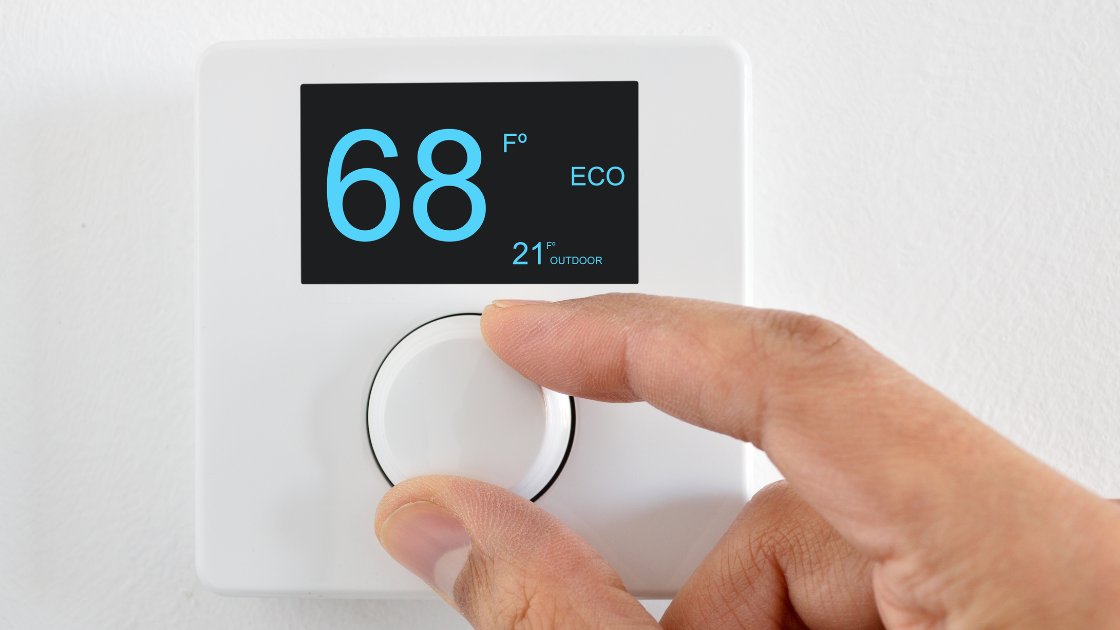
Help! My Heater Won’t Turn Off
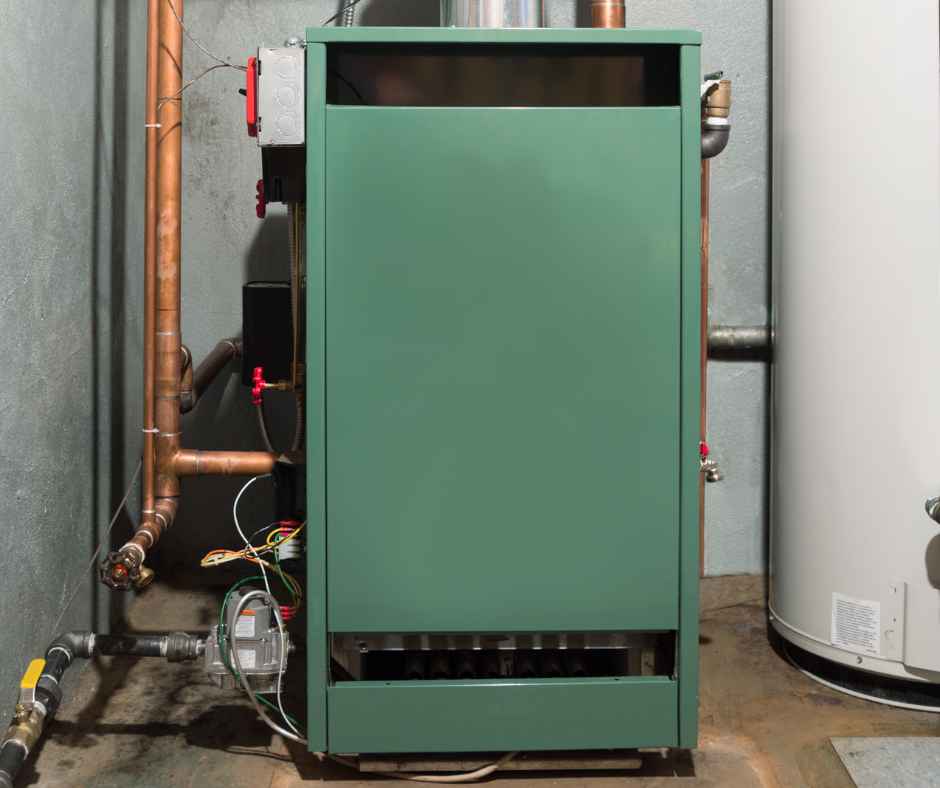
Why Does My Furnace Smell Like It’s Burning?
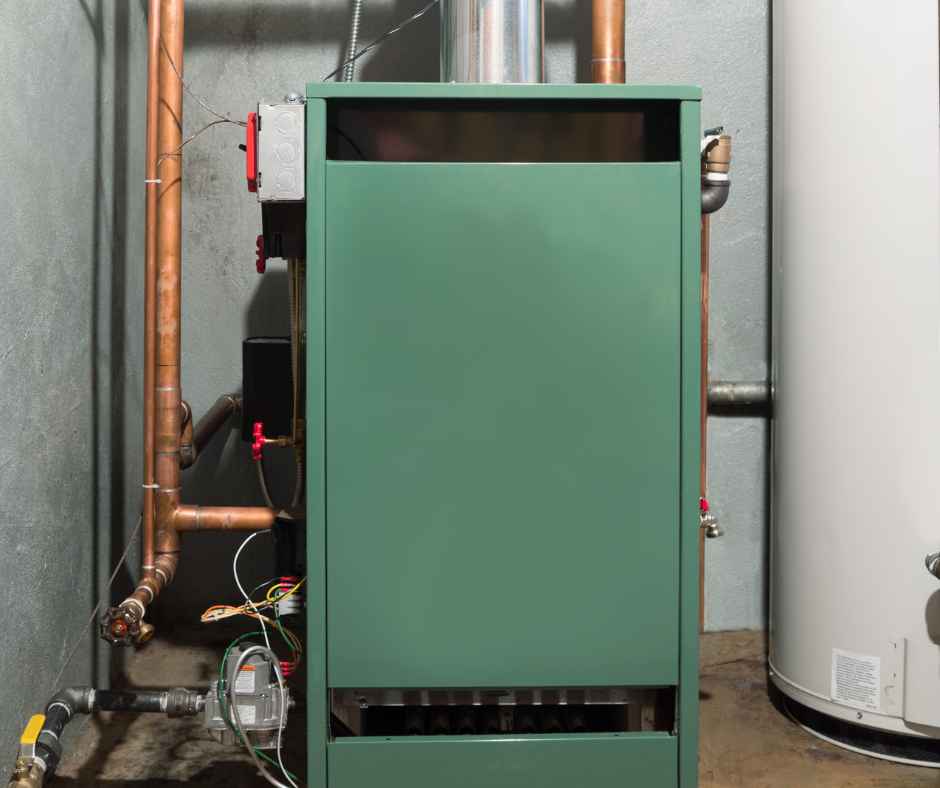
Why Won’t My Heat Turn On?

Why is the Water Pressure Low in My House?

Why a Tankless Water Heater Might Be the Best Investment for Your Indianapolis Home?
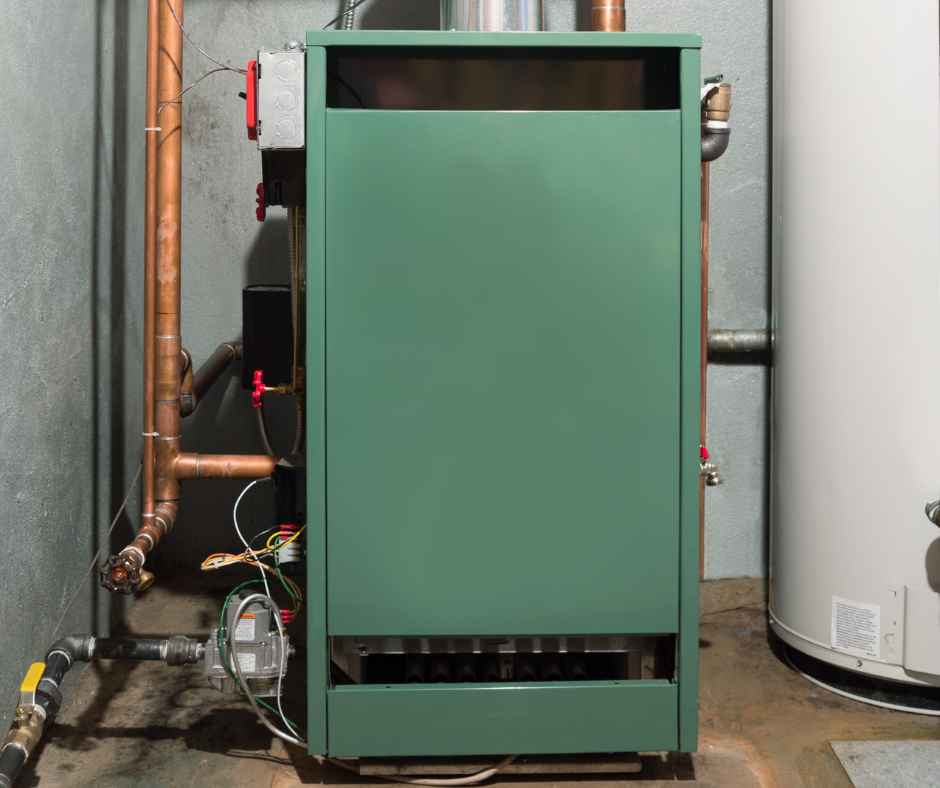
Should You Replace Your Furnace With a Heat Pump?
